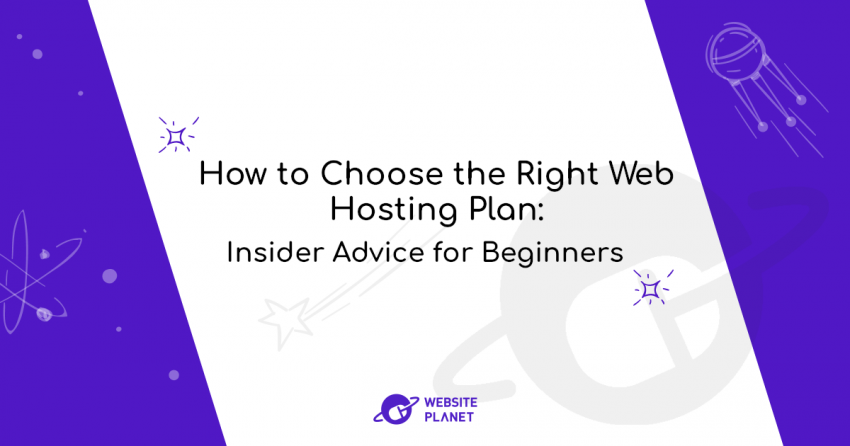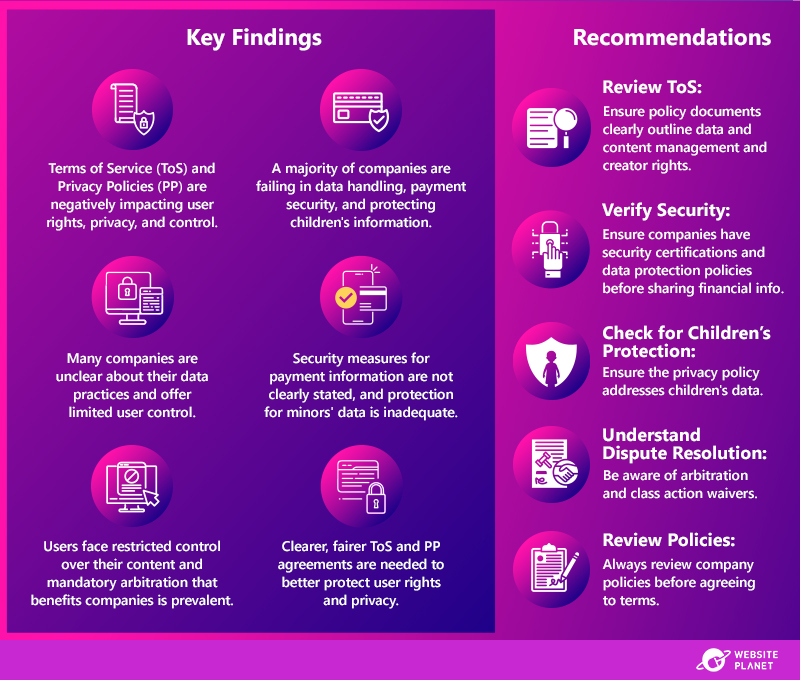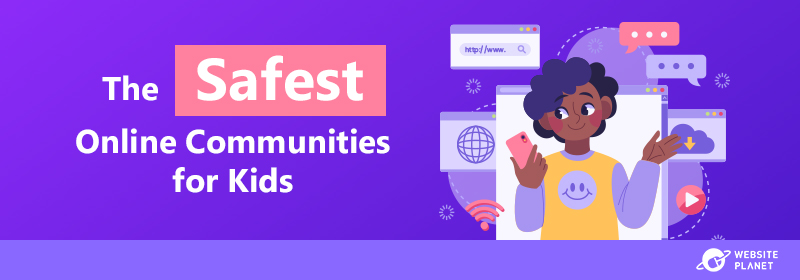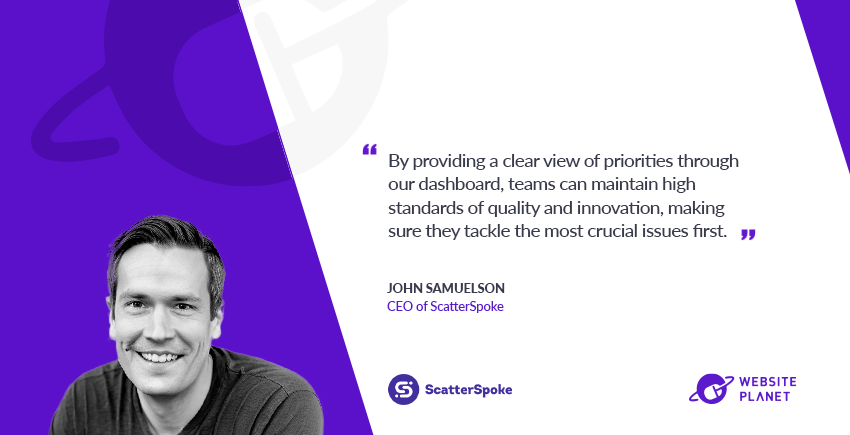Inside this Article
Then, we will cover a few basic SEO techniques. Let’s jump right in.
How Does a Search Engine Work?
Search engines like Google or Bing do two things—crawl the web and build indexes.Their purpose is to provide users with answers by calculating relevancy, then serving their results.
A search engine does this by employing automated robots called “crawlers” or “spiders” that find documents and web pages through links. These search engines are comprised of huge servers, so big they need their own buildings called data centers. These hard drives must be massive so they can store billions upon billions of web pages to be recalled later. Speed is also a huge factor in the competitive world of search engines. Another reason why there are many of these data centers globally. The relevancy of each web page is ranked along with its importance.
HOW IS “IMPORTANCE” DETERMINED?
These days, importance is primarily measured by the major search engines based on a site, web page, or document’s popularity. Those getting the most visitors must be providing something useful—that’s the thinking here.Search ranking results are not calculated by humans. Instead, mathematical equations called algorithms do the work. The algorithms use not only popularity and relevance, but hundreds of other traits called “ranking factors.” One ranking factor that you hear website owners talking about is “traffic,” or “website traffic.”
Website traffic is defined as the number of visitors and visits your website receives. Higher numbers of traffic to your website helps it rank higher, because the search engines factor higher traffic levels as a sign of relevance and popularity.
Search engines can play a big role in how much traffic your website experiences over time. That’s because where your website ends up in SERPs, or Search Engine Results Pages, greatly influences how many people click to your site. If you site ranks on the first page of search results, in the top ten, people are 42% more likely to click the link to your site. On the other hand, if your website ranks on the tenth page of search results, there is only a 3% likelihood that a searcher will end up clicking to your site.
A RANKING FACTOR YOU CAN CONTROL
SEO, or Search Engine Optimization, is a strategy to help your URL rank higher in search engines like Google. There is a lot we could cover about SEO, but for right now, we will give a beginner’s lesson in SEO basics.Defining SEO
According to webopedia dot com, Search Engine Optimization “is a methodology of strategies, techniques and tactics used to increase the amount of visitors to a website by obtaining a high-ranking placement in the search results page of a search engine (SERP) — including Google, Bing, Yahoo and other search engines.”SEO is important, because it helps the robots from search engines to “see” and understand your website more clearly, which enables them to understand the purpose and usefulness of your website. Before you go about hiring an expensive SEO firm to help your business website rank better in searches, there are a few simple and no cost SEO techniques you can do right away.
LET’S LOOK AT A FEW OF THESE…
1. Use Google’s Keyword tool – This free tool analyzes your website’s content, then suggests keywords for you to implement into your website content. Plus, it points out negative keywords that can turn off your target audience. You should include a lookover of your competition’s keywords and monthly keywords searches both locally and globally to help you find the right keywords. 2. Place those keywords into your content – What’s called “keyword density” is highly important in relation to your search engine rankings. But don’t get tempted to “stuff” your web pages with keywords. This is now an SEO faux pas that will only hurt your search rankings, as Google Penguin now punishes websites that practice “keyword stuffing” with lower search rankings. Much lower. 3. Build a Foundation of Backlinks – The most challenging of the three steps is also the most important. Search engine algorithms place a high level of importance on the number of backlinks pointing to your website. Backlinks are considered social proof that people are sharing and talking about your website content. This causes the search robots to consider your site as high quality. Plus, another beautiful aspect to backlinks is that they bring in more leads back to your website, thus leading to more conversions. Another basic way to optimize your website is to play tag. No, not literally. We are talking about writing search engine optimized… Title Tags and Meta TagsTitle tags and meta tags look like this: <meta> tags and <title> tags. You place your descriptions in between the < and > where the HTML coding is found.
These are used by the search engines to get a description of what you have on each page for indexing. Writing effective title and meta tags will help improve your SEO. The <title> tag is the line of text that appears at the top of your browser window. They need to always reflect the correct content on that page—whether a product page, blog or photo. Keep the title predictable and make sure it describes your website so it would meet your users expectations. If it doesn’t, your search ranking will get dinged by Google. The <meta> tag is utilized by Google and other search engines to provide a brief description to the viewer of what information is waiting on that page to be read. Meta tags, also called meta descriptions, are still important and can help your SEO. Here is an example of a search result with a meta description:
Here is an example of a search result without a meta description:
You can see how the meta description gives you a better idea of what you will find if you take the time to click that link. The search link above lacks a meta description, resulting in the display of approximately the initial 160 characters of the article or web page. This usually does not offer a robust meta description, thereby reducing the likelihood of the link being clicked. Remember to shoot for a 160 character length. That is the limit for Google. Yahoo does show a bit longer meta descriptions, but more people use Google, so shoot for the 160 character limit. Now that you know how the meta tags show up on search engine results pages, you will want to write clear, concise and compelling descriptions. Please note that if you have similar pages of content, don’t copy and paste the <meta> tags as you will likely get dinged for duplicate content or for unoriginality. So, just as you want your content to be original and unique, treat your meta tags the same way.
Closing Out with a Bang
Start getting more traffic to your website by using these awesomesauce tips on writing stellar meta descriptions, and then study how they affect your website traffic. Here’s what you can do:- Write relevant descriptions that present the core message and purpose of each web page
- Emphasize a reason for reading. Special offers, urgent deadlines, or secret discoveries are examples
- Use words that are solid and specific. Avoid clichés like “innovative” or “world class”
- Don’t write to the length limit. Keep it concise, yet compelling















